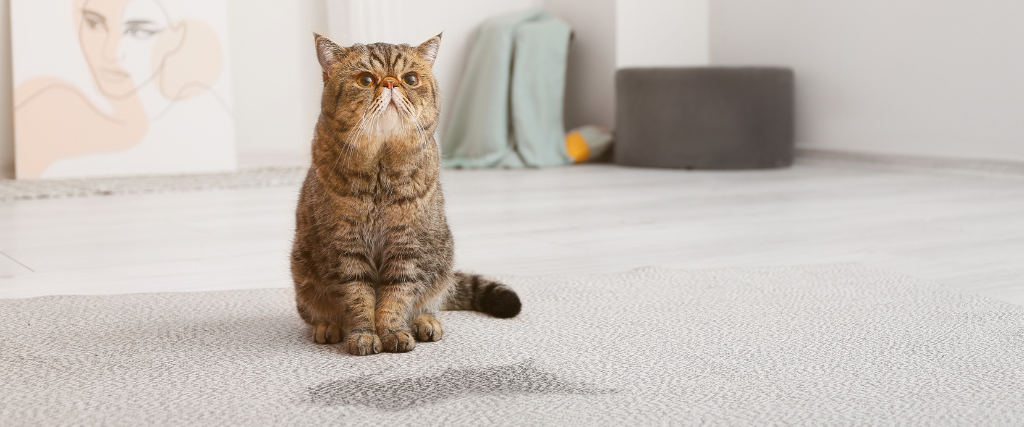Cats are creatures of habit, which means a behavior change is likely to be noticed by their owner fairly quickly. Unfortunately, cats are stoic animals that go to great lengths to hide illness; therefore, a noticeable behavior change can indicate that a disease has progressed to an advanced stage. For this reason, cat owners must know their cat’s regular routine and behavior so that any deviation from their norm is quickly addressed.
Cat Behavioral Signs of a Medical Issue
Several behavioral indicators demonstrate a medical issue could be lurking with your cat.

-
Change in Eating Habits
Perhaps the first indicator of a problem with your cat is a change in their eating habits, which can mean eating more than usual, less than usual, or not at all. Parasites, hyperthyroidism, or diabetes might be the cause, and each requires veterinary evaluation. If your cat is eating far less than usual, contact your veterinarian as soon as possible before a serious condition called Hepatic Lipidosis develops.
-
Change in Drinking Habits
Like changing eating habits, reduced or increased water intake is also a red flag. Sometimes a lack of drinking means your cat is too weak or tired to get to its water bowl, while excessive thirst could indicate a problem with your cat’s liver or kidneys. However, don’t panic, as a change in cat food could also be the reason. A transition from wet food to dry food, or vice versa, can change your cat’s water intake. Purina offers insight into how much a cat should be drinking, and it’s a good idea to track your cat’s water consumption, so you’re aware of when it increases or decreases.
-
Change in Litter Box Usage
A cat in medical distress often starts eliminating outside of its litter box. This could be a sign of arthritis, with your cat deciding it’s too painful to navigate to its litter box. Your cat could also be experiencing a urinary tract or intestinal issue and simply not making it to its litter box in time.
-
Aggressive Behavior
Cats have a long-standing reputation for being temperamental, but a cat owner knows when a cat’s personality has changed and when its aggression level has become elevated. Aggressive behavior could result from a cat in pain and not wanting to be touched or handled to protect itself.
-
Lack of Grooming
A cat’s daily routine includes grooming themselves, which starts in the kitten stage. This is normal, healthy behavior and a warning sign when it stops or happens only infrequently. This could be a sign of injury, a dental issue, a skin infection, or another medical ailment. Your cat might have stopped grooming itself because it was causing pain. Conversely, excessive grooming is also something to watch. Fleas or ticks cause cats to bite or claw at their fur due to the discomfort they cause.
When Behavioral Changes are Not a Medical Issue
Not all behavioral changes in cats mean the root cause is medical. For example, cats can show aggression or begin inappropriate marking due to a change in environment, the addition of a new pet to the household, too many pets in the home, and various other reasons. Medical reasons should always be evaluated first since time is critical, and if it’s determined that your cat is healthy, interventions for the negative behaviors can then be explored.

When to See Your Veterinarian
Any change in your cat’s behavior warrants a trip to the veterinarian. The quicker the issue is addressed, the better the prognosis is likely to be if the behavior change is the result of a medical issue. Make an appointment with your veterinarian if your cat’s new behavior persists longer than 24 hours. A urinary blockage, for example, can rapidly become a larger problem if not addressed quickly.
Your veterinarian will perform a physical examination and run blood work to identify a potential problem. In some instances, x-rays or a urinalysis might be needed. Early detection is the key, as behavioral issues in cats are often an indicator of a progressing illness. Cats often physically hide and mask their symptoms for a long time before behavioral issues begin and a cat owner notices something is wrong.
If your cat exhibits any change in behavior, it’s best to consult your veterinarian to understand the root cause. Contact us if you would like to learn more about changes in cat behavior and underlying medical issues that might be to blame.
